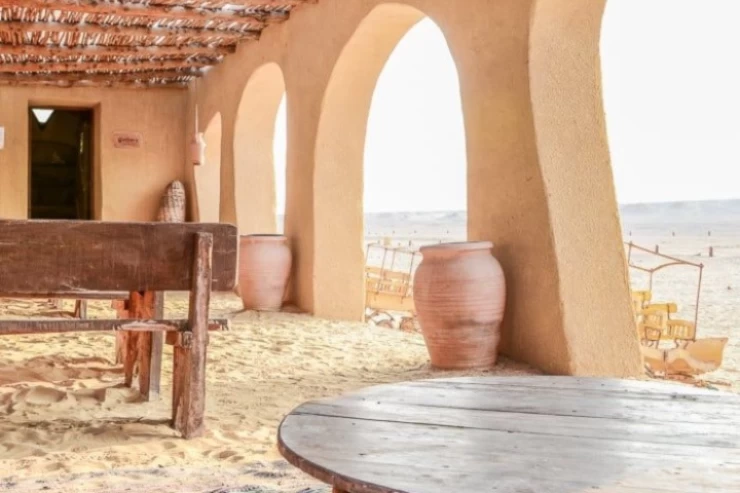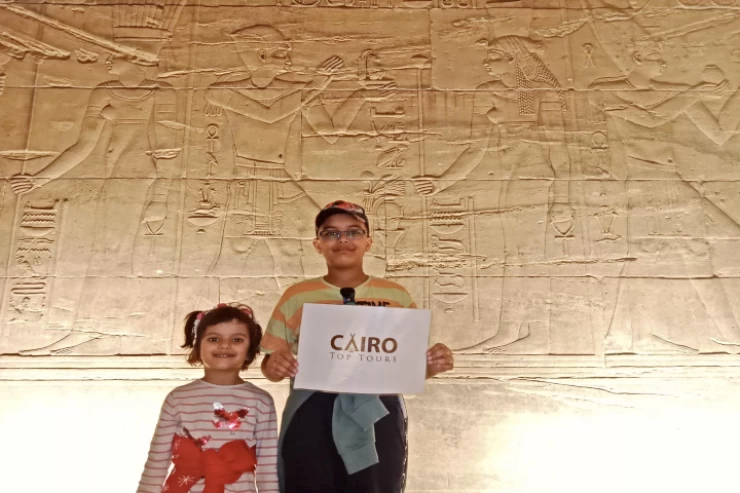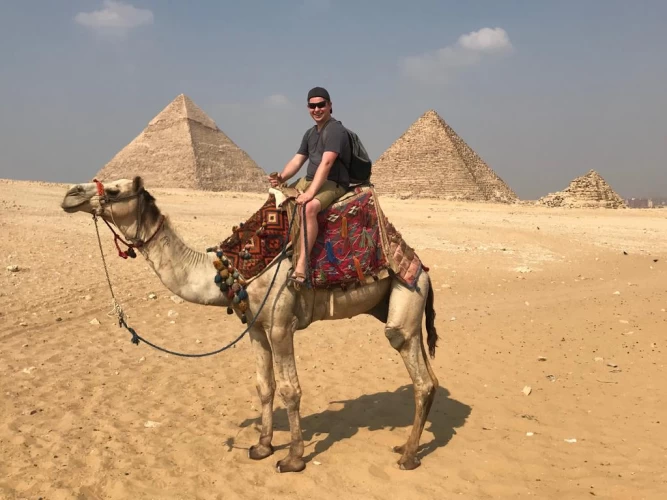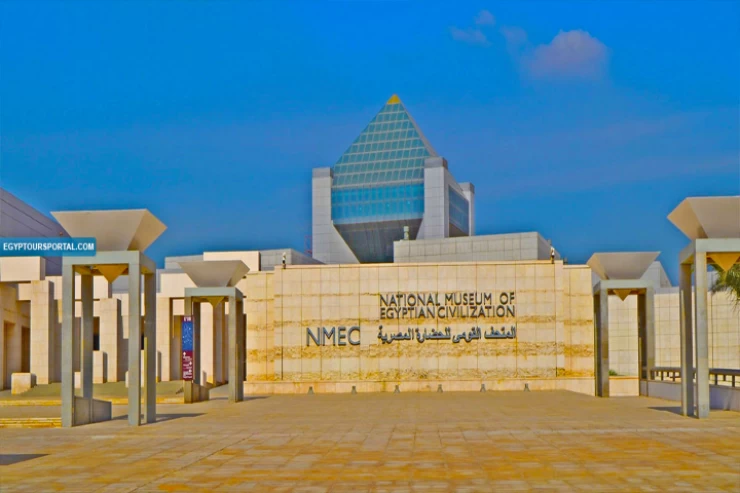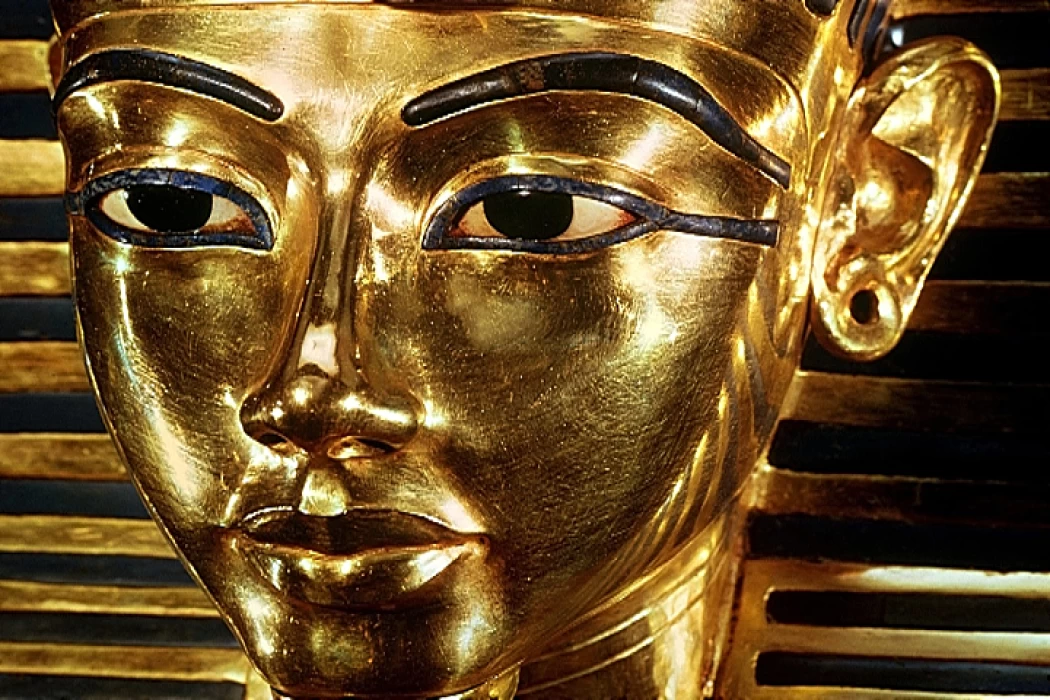
The Egyptian Museum in Cairo
The Egyptian Museum is a Historical Treasure Trove
The Egyptian Museum in Cairo, Egypt, houses the world's most valuable collection of antiquities from ancient Egypt. It holds almost 150,000 things. These contain several artifacts from Tutankhamun's tomb. The museum is one of Egypt's most renowned tourist attractions. In addition to Tutankhamun's tomb, the Egyptian Museum has the contents of several more tombs. Queen Hetepheres' carrying a chair and gold-covered furniture are on display, as with mummies, sarcophagi (stone coffins), ancient papyrus writings, and jewelry.
The museum also exhibits a remarkable collection of pharaoh and queen sculptures, like as Queen Nefertiti's incomplete head and Queen Hatshepsut's granite sphinx. The Egyptian Museum was created in 1858. It had previously occupied two places before settling in its current edifice in Tahrir Square in 1902. The museum's collection is unusual in that it encompasses all of Egyptian history. However, the majority of the collection dates from the reign of the pharaohs. Muhammad Ali Pasha, Egypt's viceroy from 1805 until 1848, is credited with the concept of establishing an Egyptian antiquities museum. In an attempt to put an end to the export of antiquities, he issued a decree on August 15, 1835, resulting in the establishment of Cairo's first Egyptian antiquities museum.
The Egyptian Museum’s treasures include the treasures of the Golden Mask of the young Pharaoh Tutankhamun and the Treasures of the King. The Golden Funerary Mask, also known as the mummy mask, is an exquisite handcrafted artistic artifact that captures everywhere elegance.
One of the other notable artistic works in the museum is the Menkaure Triads, which was found at the valley temple close to the Giza pyramids. It is carved in a single piece of stone depicting a king in the crown of upper Egypt. The museum has numerous collections from the various Egyptian civilizations and different periods, and it is one of the activities that are carried out in Cairo day tours from the airport, which is incomparably enjoyable to see pieces that are many centuries old.
The museum suffered significant damage as a result of the disastrous Nile floods in 1878, and it was closed to the public for repairs until it reopened in 1881. The threat of future floods, combined with the 1881 discovery of a trove of royal mummies in Deir el-Bahari, demonstrated that the museum required additional quarters. The new museum occupied 15,000 square meters and cost approximately 240,000 Egyptian pounds at the time. On November 15, 1902, the Egyptian daily newspaper Al Ahram announced the official opening of the Egyptian Museum.
The Egyptian Museum focused on antiquities, has evolved in ideas from the time of Muhammad Ali Pasha from 1805 up to 1848, when he ruled Egypt. Being a monarch who knew about Egypt’s heritage and its threats through the outflow of things that went out of Egypt, he proclaimed a command establishing the first Antiquities of Egypt museum in Coppers Cairo. The location of this first museum was also close to El-Ezbekia Garden, and its displays were well organized by Hakikan Effendi and supervised by Youssef Diaa Effendi. Shaikh Rifa’a al-Tahtawi was instrumental during this period in averting the loss of Egypt’s archaeological wealth.
He controlled excavations and maintenance but also made laws of his own, and they included that no one should dig again unless permission was granted. Moreover, Al-Tahtawi ordered that every relic that was found was to be brought and kept in the El-Ezbekia Museum and ordered that such relics be not taken out of the country so that they remained in Egypt.
This productive activity prevented the loss of ancient monuments of Egypt as well as the birth of the first principles of archaeology in Egypt, which gave rise to the present-day Egyptian Museum.
It is regarded as one of the first archeological museums in the Middle East. It holds uncovered creases of royalty of Egyptian dynasties. The museums consist of more than 170000 objects, objects covering the chronology from pre-dynasty time to the Graeco-Roman period (5500 BC-AAD 364). The museum is found in Cairo, Broaden Tahir Square.
The designer is Marcel Dourgnon, a French national, and its construction was done by the famous Italian company of Giuseppe Garozzo and Francesco Zaffrani.
The Egyptian Museum’s treasures include the treasures of the Golden Mask of the young Pharaoh Tutankhamun and the Treasures of the King. The Golden Funerary Mask, also known as the mummy mask, is an exquisite handcrafted artistic artifact that captures everywhere elegance.
One of the other notable artistic works in the museum is the Menkaure Triads, which was found at the valley temple close to the Giza pyramids. It is carved in a single piece of stone depicting a king in the crown of upper Egypt. The museum has numerous collections from the various Egyptian civilizations and different periods, and it is one of the activities that are carried out in Cairo day tours from the airport, which is incomparably enjoyable to see pieces that are many centuries old.







